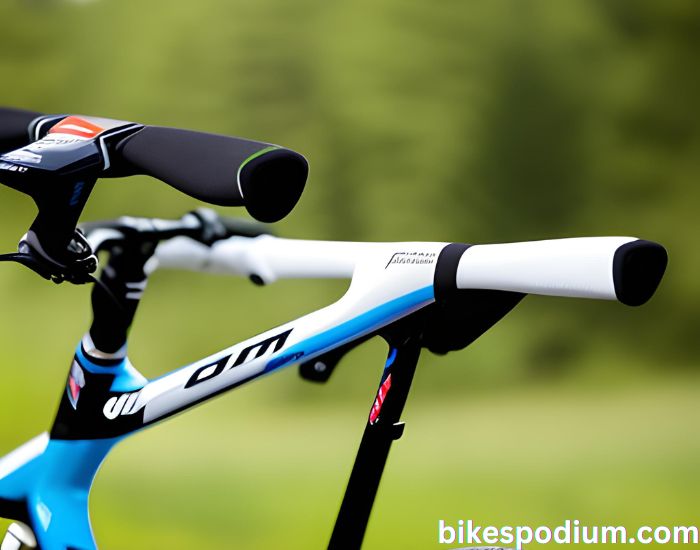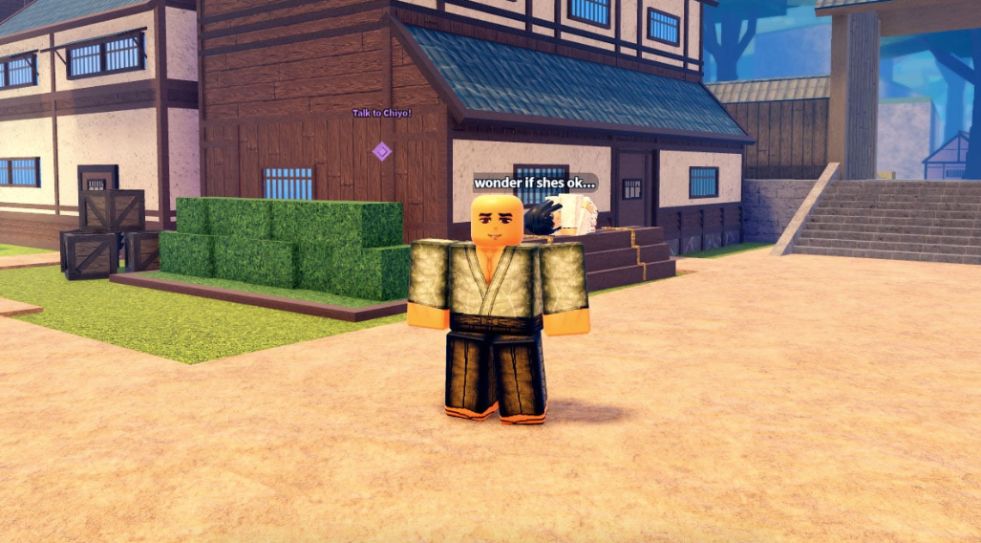
When it comes to mountain biking, having the right handlebars is crucial for optimum control and comfort. Sometimes, the handlebars that come with your mountain bike may be too wide for your preferences or the trails you ride on. In such cases, cutting your MTB handlebars to a desired width can greatly enhance your riding experience. This guide will provide you with step-by-step instructions on how to cut MTB handlebars effectively.
Materials Needed
Before we dive into the process, make sure you have the following materials ready:
- MTB handlebars (preferably aluminum or carbon fiber)
- A hacksaw or pipe cutter
- Measuring tape or ruler
- Masking tape
- Sandpaper
- File
- Grip glue or hairspray (optional)
- A workbench or vise to secure the handlebars
To ensure a smooth and successful handlebar cutting process, it is essential to gather all the necessary materials beforehand. Aluminum or carbon fiber handlebars are recommended as they are lightweight and durable.
Step 1: Measure and Mark
Start by determining the desired width of your handlebars. This can depend on your personal preference and the type of riding you do. As a general guideline, most riders prefer handlebars between 680mm to 800mm in width. Measure and mark the desired width on each end of the handlebars using masking tape. Ensure the marks are straight and parallel.
Accurate measurement is key to achieving the desired width for your handlebars. Take into consideration your riding style, body proportions, and personal comfort when determining the width.
Step 2: Secure the Handlebars
To avoid any slippage or damage during the cutting process, secure the handlebars firmly. If you have a workbench or vise, attach it securely to hold the handlebars in place. Alternatively, you can use clamps to secure the handlebars firmly to a sturdy surface.
Securing the handlebars is crucial to maintain stability and prevent any accidental movement while cutting. This ensures a clean and precise cut.
Step 3: Cut the Handlebars
Using a hacksaw or pipe cutter, carefully cut through the handlebars along the marked lines. Make slow and steady cuts, applying even pressure to ensure a clean and straight cut. If using a hacksaw, use long, smooth strokes to avoid any jagged edges. Take your time and avoid rushing the cutting process.
When cutting the handlebars, it’s important to maintain a steady hand and apply consistent pressure. This will result in a clean cut without any unnecessary damage to the handlebars.
Step 4: Smooth the Edges
After cutting, you may notice rough edges or burrs on the newly cut ends of the handlebars. Use sandpaper or a file to smooth out these edges. Start with a coarse grit sandpaper and gradually transition to a finer grit for a polished finish. Ensure the edges are smooth to prevent any injuries or damage to your grips.
Smoothing the edges of the handlebars is essential for safety and comfort. Rough edges can cause discomfort and even lead to injuries, so taking the time to properly smooth them is important.
Step 5: Clean the Handlebars
Once the edges are smooth, it’s essential to clean the handlebars thoroughly. Wipe off any debris or metal shavings using a clean cloth. This will prevent any potential damage to your grips or hands while riding.
Cleaning the handlebars ensures a clean and debris-free surface for installing the grips. It also helps to maintain the longevity of the handlebars.
Step 6: Install Grips
Before installing the grips, some riders prefer to apply grip glue or hairspray to hold them in place. This step is optional, but it can provide additional grip security. Carefully slide the grips onto the handlebars, making sure they are aligned properly. Apply firm pressure to ensure a snug fit.
Installing grips is the final step in customizing your handlebars. It is important to secure the grips properly to ensure a comfortable and secure grip while riding.
Step 7: Test and Adjust
After completing all the steps, it’s time to test your newly cut handlebars. Take your mountain bike for a test ride and pay attention to how it handles. If you find the width too narrow or wide, you can always repeat the process and make further adjustments until you find the perfect fit.
Testing and adjusting the handlebars is necessary to ensure optimal comfort and control. It allows you to fine-tune the width according to your preferences and riding style.
Conclusion
Cutting your MTB handlebars to your desired width is a simple process that can significantly improve your riding experience. Remember to take your time, measure accurately, and use the right tools for the job. By following the steps outlined in this guide, you’ll be able to customize your handlebars to suit your needs and ride with greater comfort and control on the trails. Happy cutting and happy riding!
*Please note that the final article should be in markdown format.
FAQ
1. What materials do I need to cut MTB handlebars?
- MTB handlebars (preferably aluminum or carbon fiber)
- A hacksaw or pipe cutter
- Measuring tape or ruler
- Masking tape
- Sandpaper
- File
- Grip glue or hairspray (optional)
- A workbench or vise to secure the handlebars
2. How do I measure and mark the desired width for my handlebars?
Start by determining the desired width of your handlebars. Measure and mark the desired width on each end of the handlebars using masking tape. Ensure the marks are straight and parallel.
3. How do I secure the handlebars during the cutting process?
To secure the handlebars, you can use a workbench or vise to hold them in place. Alternatively, you can use clamps to secure the handlebars firmly to a sturdy surface.
4. How do I smooth the edges of the handlebars after cutting?
After cutting, use sandpaper or a file to smooth out the rough edges or burrs on the newly cut ends of the handlebars. Start with a coarse grit sandpaper and gradually transition to a finer grit for a polished finish.



